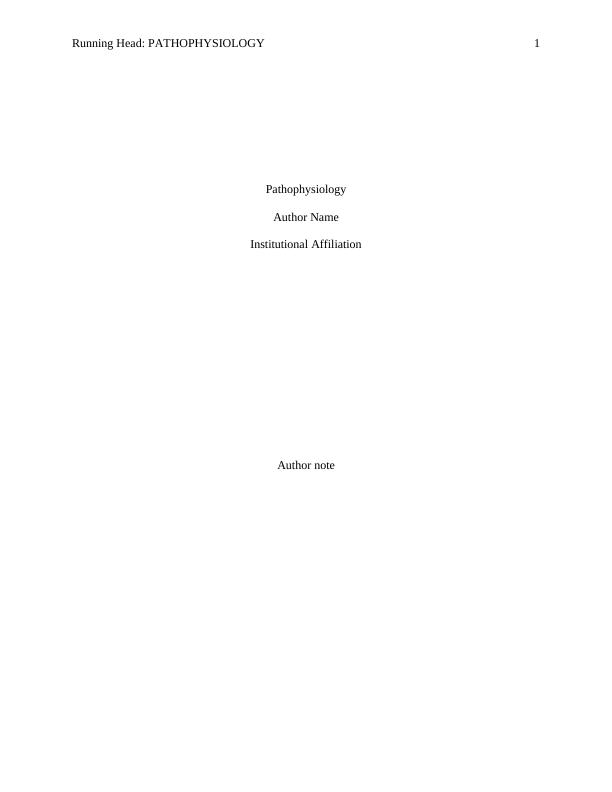Pathophysiology
Added on 2022-11-23
4 Pages846 Words402 Views
End of preview
Want to access all the pages? Upload your documents or become a member.
Diabetes Management Case Study
|10
|3057
|65
Diabetes: Signs, Symptoms, and Risk Factors
|11
|2610
|94
Risk of Thrombosis in Type 2 Diabetes Mellitus
|4
|1838
|88
Diabetes: Types, Symptoms, Meals, Sugar Alcohols, and Studies
|5
|989
|59
Diabetes Mellitus: Signs, Symptoms, Treatment, and Prognosis
|5
|982
|471
Diabetes Type 2 and its Risk Factors
|11
|974
|71


